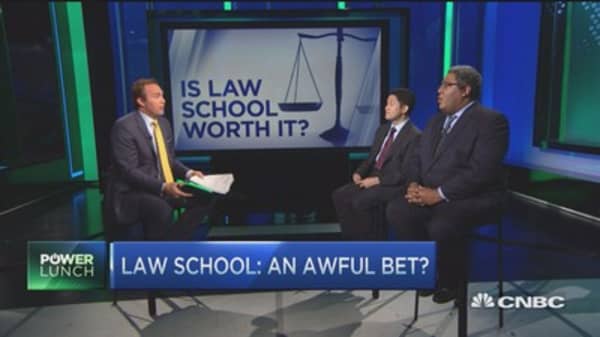While many state economies have bounced back from the global financial crisis, public funding for higher education has yet to recover from deep budget cuts since 2008, according to a report Wednesday from the Center on Budget and Policy Priorities.
The result, say the authors, is that students and public colleges and universities continued shoulder a bigger share of the financial burden for their higher education in the latest academic year.
"Once you factor in other expenses like room and board, the net cost of attendance increased even for those who are receiving the largest amounts of financial aid," said Michael Mitchell, a CBPP policy analyst and co-author. "As costs have gone up, students are taking on higher levels of debt "
As of the 2013 school year, the latest data available, some 59 percent of students graduating from a public 4 year institution had student loans, up from 55 percent in 2008. The average loan amount rose by 16 percent – or about $3,600, Mitchell said in a briefing with reporters.
Overall state spending for higher education was up just 1 percent in 2013 and estimated 3.7 percent in 2014, according to a separate report from the National Association of State Budget Officers. That report found that much of the recent growth has been paid with higher tuition and other fees—not from general revenues.





